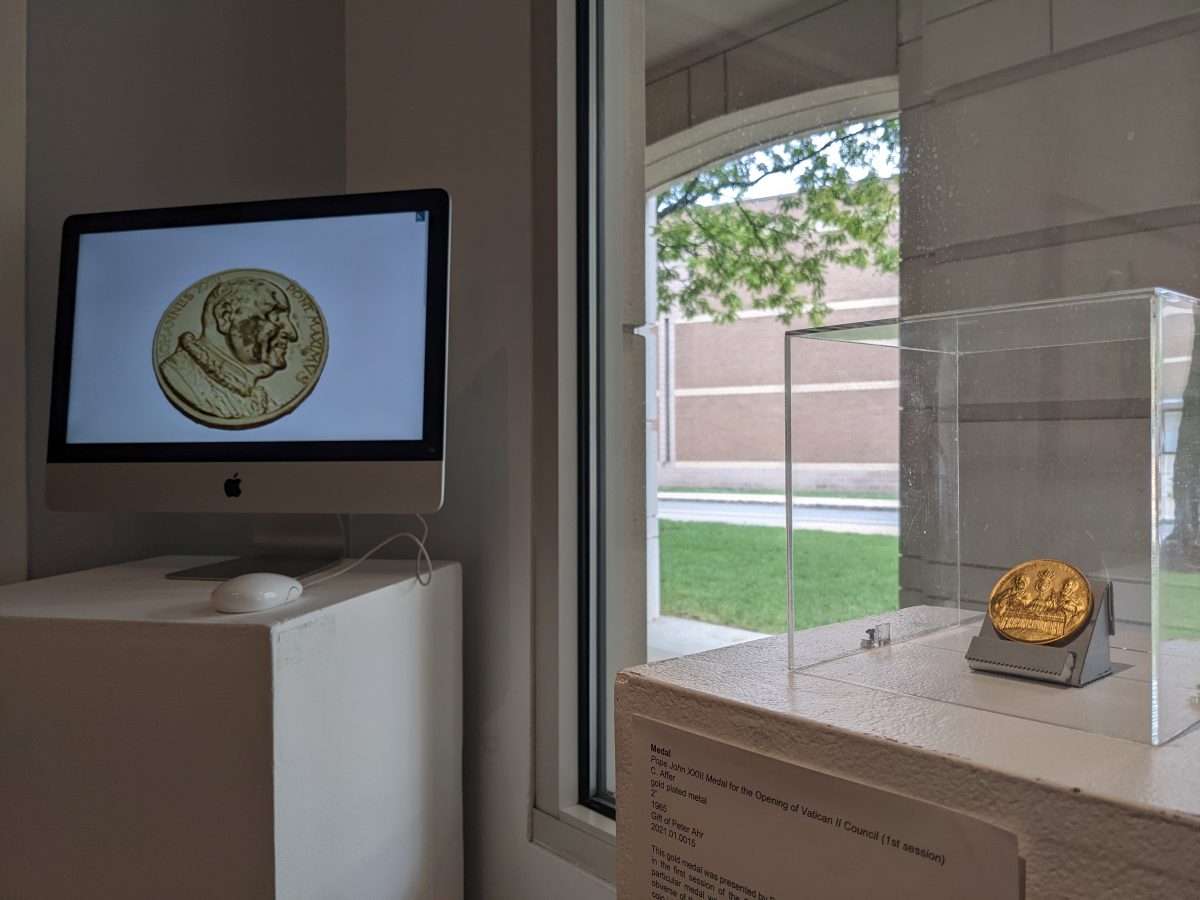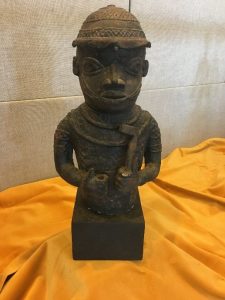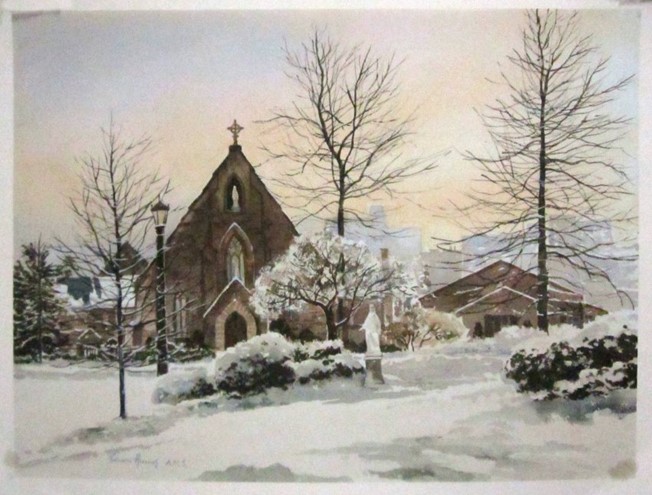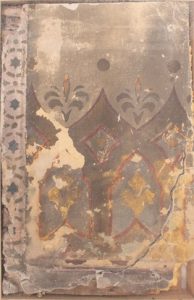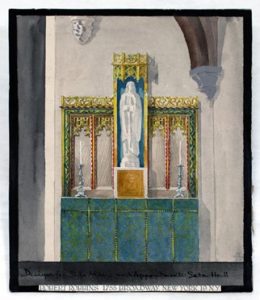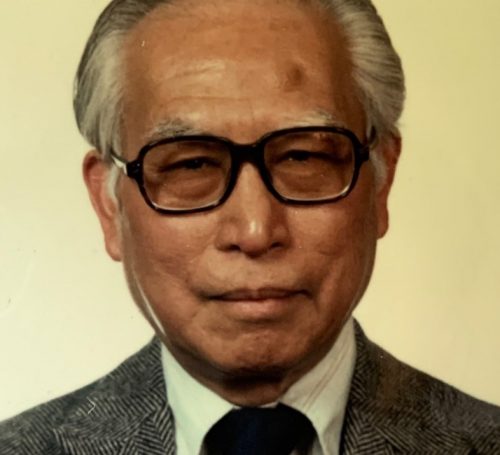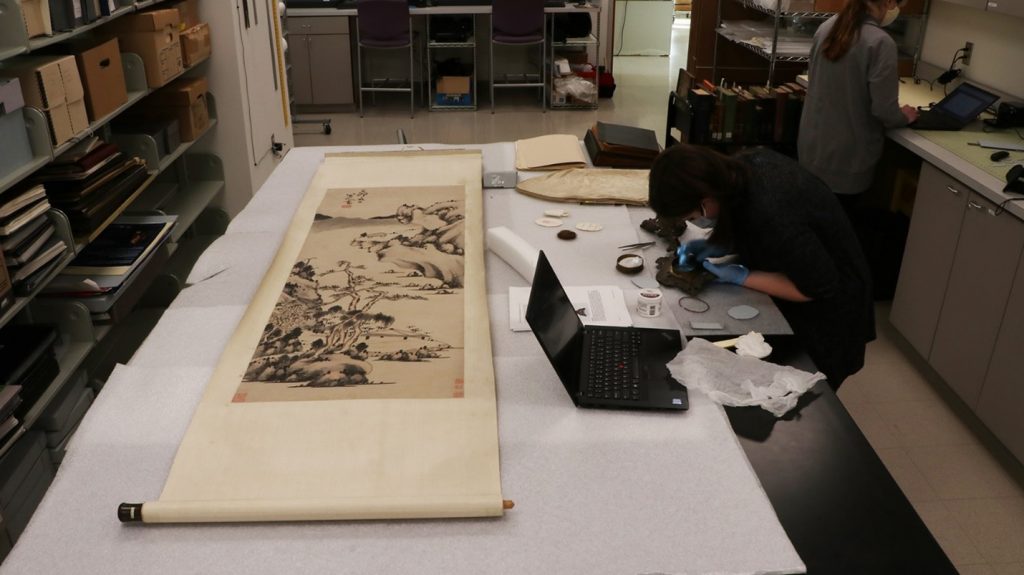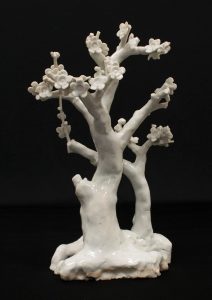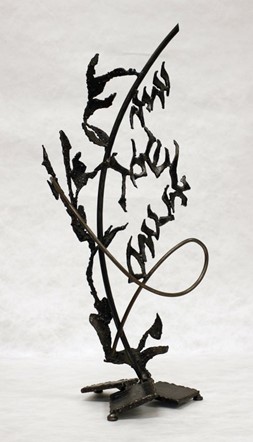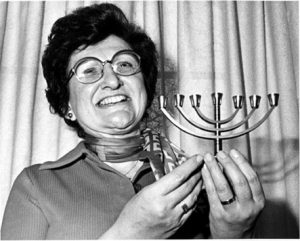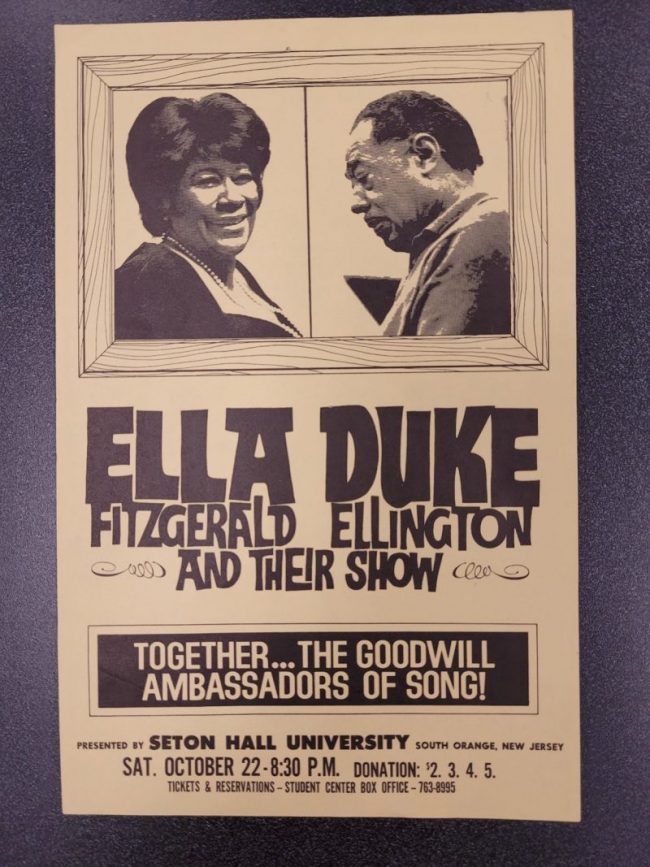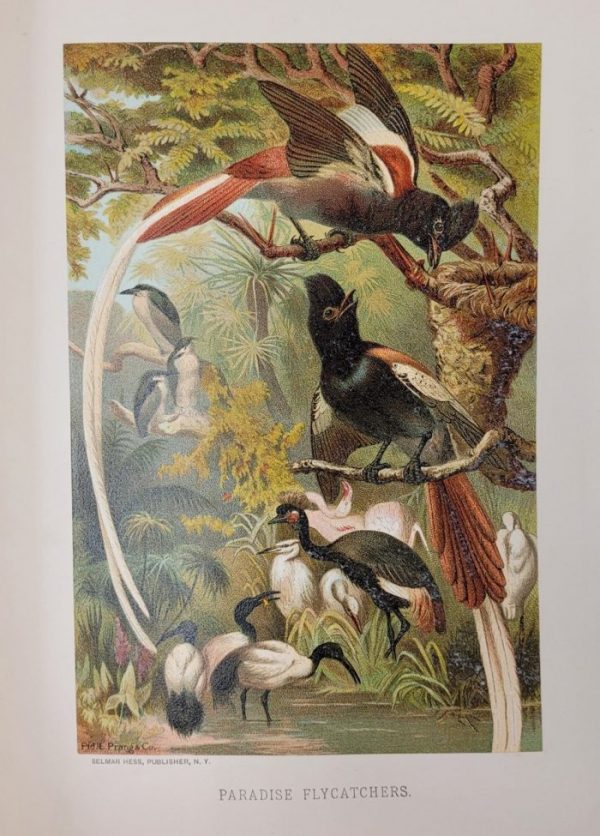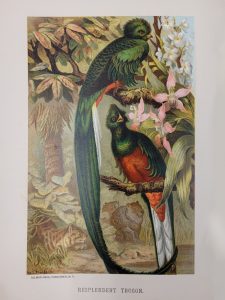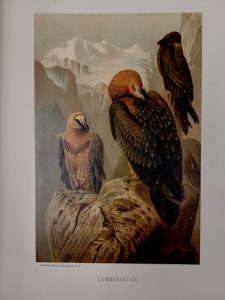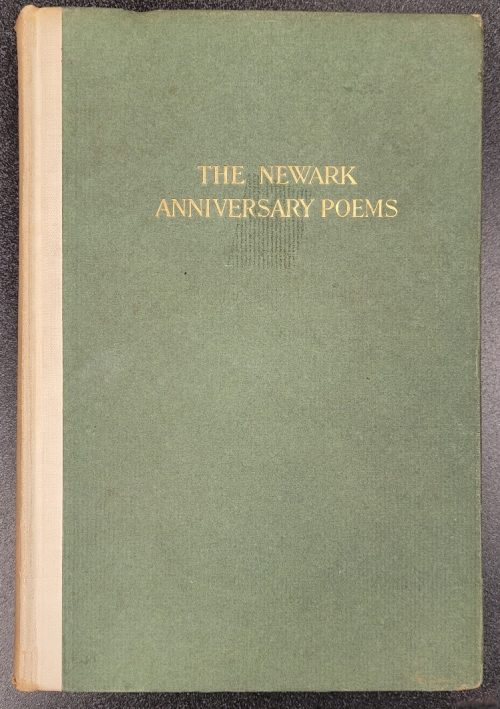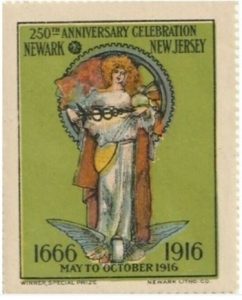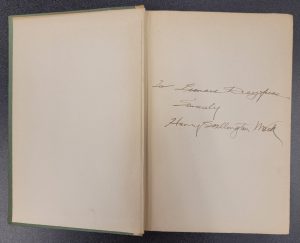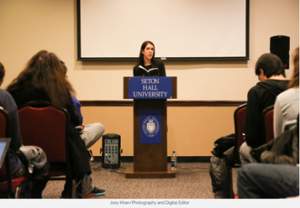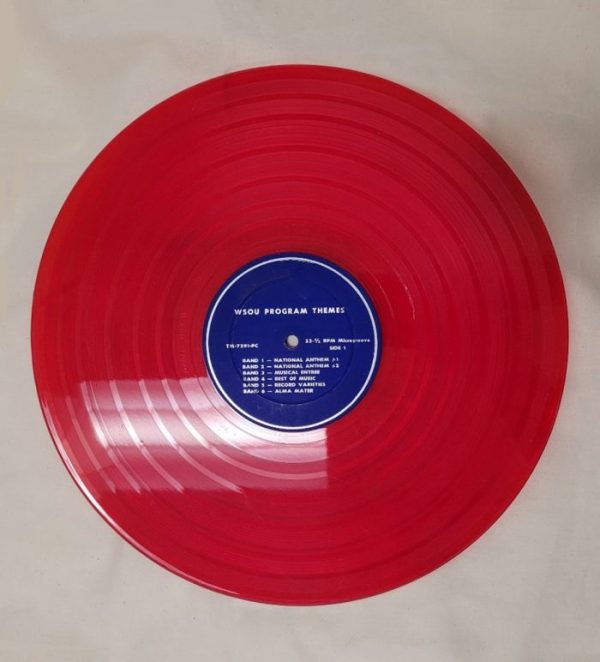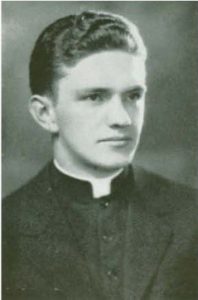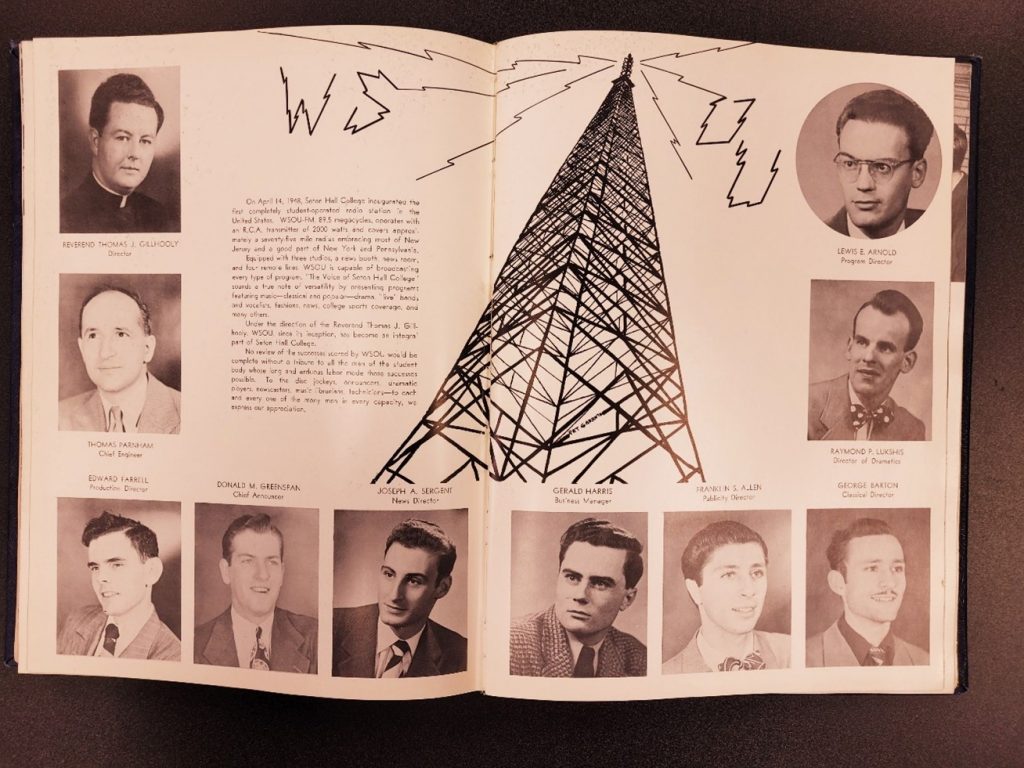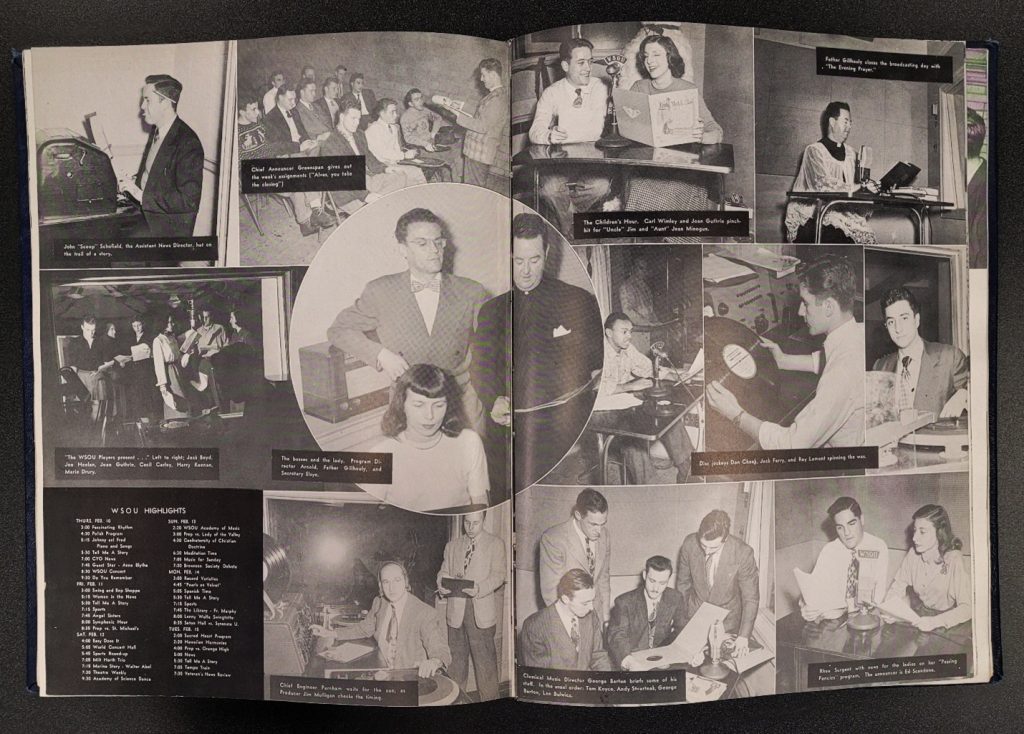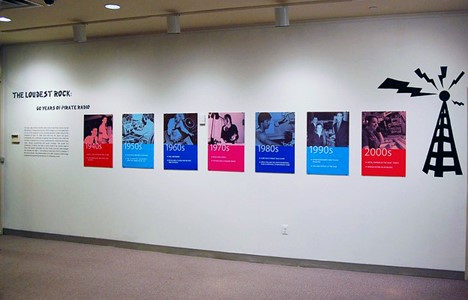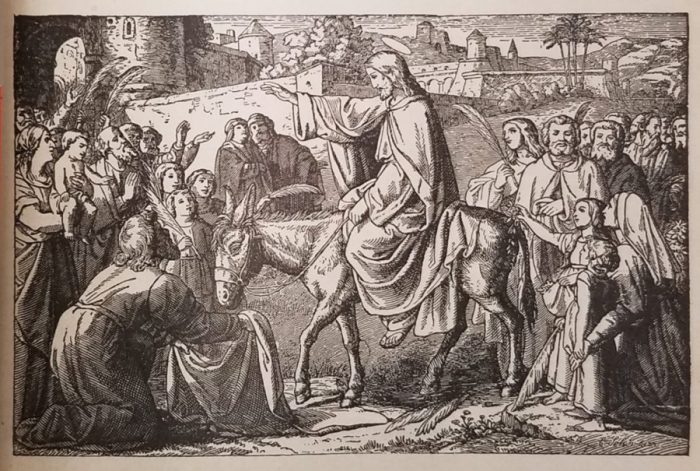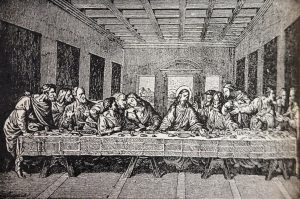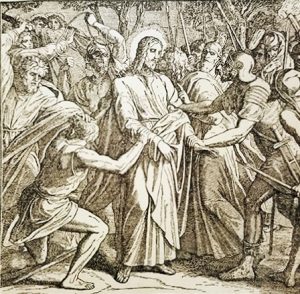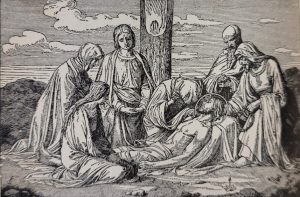By Jeanne Brasile and Jacquelyn Deppe
Walsh Gallery is delighted to announce its first use of in-house 3D modeling in its current exhibit, Seton Hall Re-Collects.
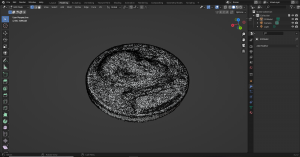
For our first model, the Pope John XXIII Medal for the Opening of Vatican II Council (1st session), a gift of Peter Ahr, was used. The medal was scanned in the TLTC’s Digital Scanning Lab using the KIRI Engine app and later edited in Blender to create the final file. By uploading the file into a 3D viewer plugin on WordPress, it allows visitors to rotate and zoom in on the front of the medal while appreciating the back displayed by its physical counterpart. Using 3D technology has allowed us to display both the front and back of the medal simultaneously!
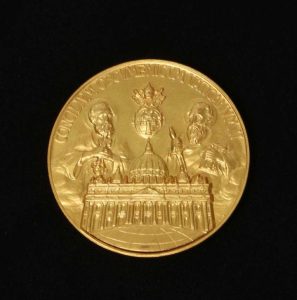
Medal
Pope John XXIII Medal for the Opening of Vatican II Council (1st session)
C. After
gold plated metal
2″
1965
Gift of Peter Ahr
2021.01.0015
Make sure to stop by and check out Seton Hall Re-Collects in the Walsh Gallery, a crowd-sourced exhibition featuring the university’s collections. Objects on display were selected by those who have worked with them, collected them or used them for research. Participants include students, faculty, staff, interns, volunteers, donors and scholars from other institutions – each contributing a label written in their unique voice which describes their interest in the object(s) they chose. The show includes of a wide array of art, artifacts and rare books including Japanese toys, historic 19th century ledgers, 17th century engravings, Roman and Byzantine coins, a print by Salvador Dalí and a medal from the Second Vatican Council – among other items. The show is on view September 12 – December 9, 2022.
The show’s inspiration draws on a series of exhibits organized by the Art Department in the 1980’s titled Seton Hall Collects. Each exhibition highlighted a related group of objects; traditional Japanese prints, Modern paintings and contemporary American prints. This reboot similarly highlights the collections though the selections are not limited to any one medium or type of object to emphasize the breadth and scope of the university’s holdings. Labels reflect the writers’ perspectives, favoring personal and contextual information about the objects over their physical attributes which was once the fashion for exhibitions. Gallery Director Jeanne Brasile conceived of the exhibition when she found an old exhibition catalogue from 1984 featuring Japanese prints while researching the Asian art collection. “This exhibition harkens back to the history of Seton Hall and the people who cultivated the many collections we enjoy today, while bringing this time-honored format into the future. It was exciting to see the exhibition take shape through the eyes of our collaborators.”
Seton Hall University’s beautiful main campus is located in suburban South Orange, New Jersey, and is only 14 miles from New York City — offering students a wealth of employment, internship, cultural and entertainment opportunities. Seton Hall’s nationally recognized School of Law is prominently located in downtown Newark. The University’s Interprofessional Health Sciences (IHS) campus in Clifton and Nutley, N.J. houses Seton Hall’s College of Nursing and School of Health and Medical Sciences as well as the Hackensack Meridian School of Medicine at Seton Hall University. The Walsh Gallery, located on the first floor of the Walsh Library is open 9am to 5pm, Monday—Friday. Groups of 8 or more must register in advance. Admission to the gallery and its programs is free and
open to the public.
And stay tuned for more 3D models!
